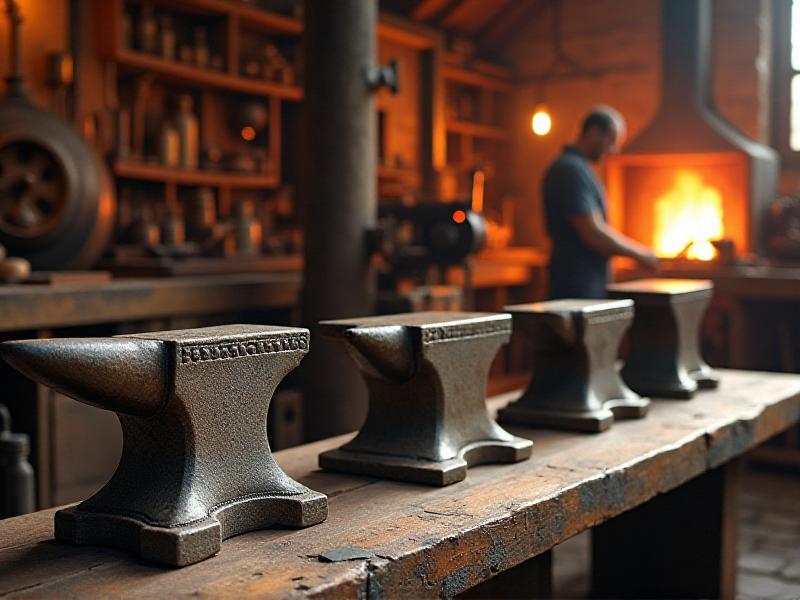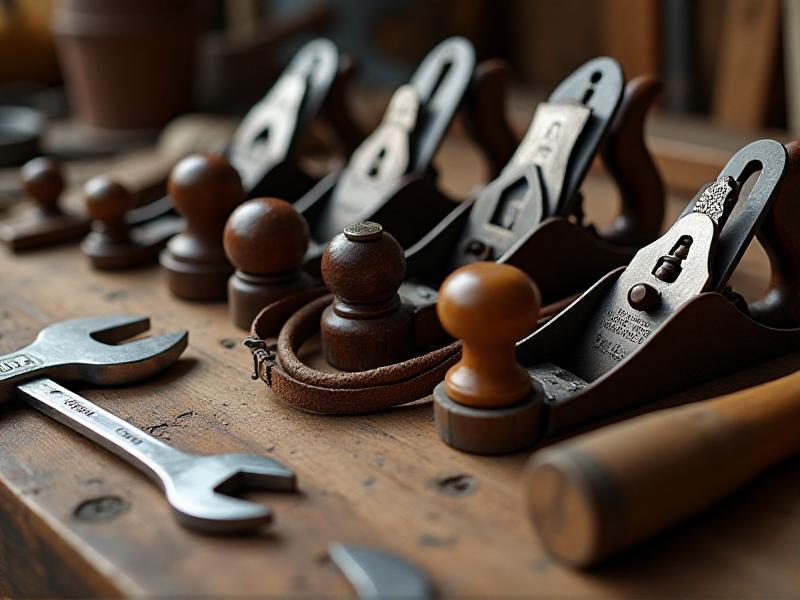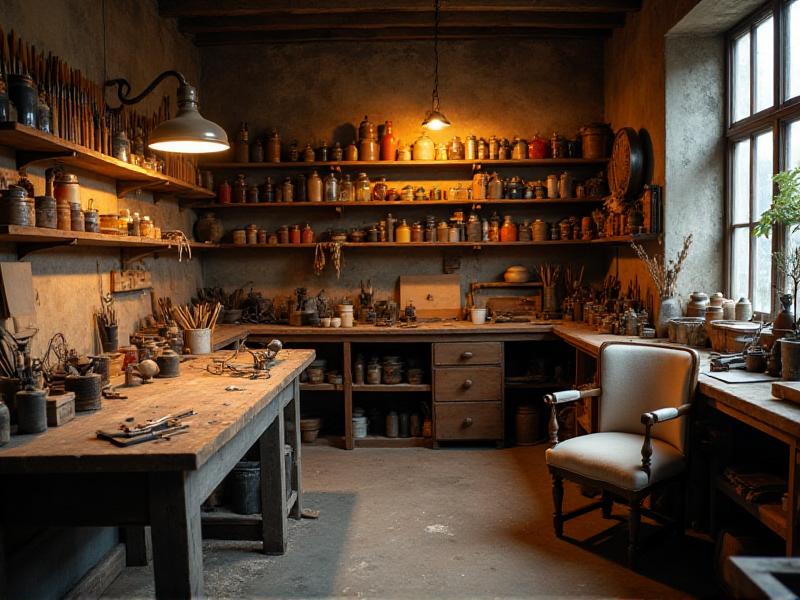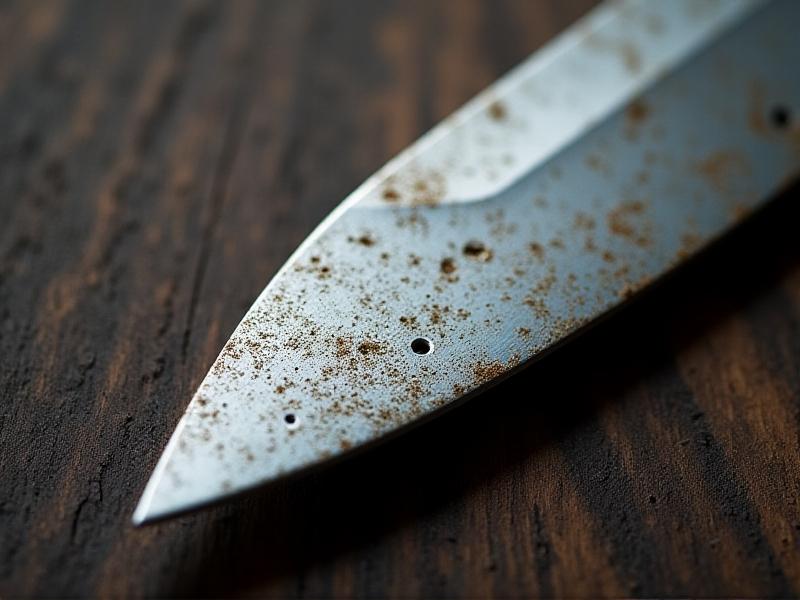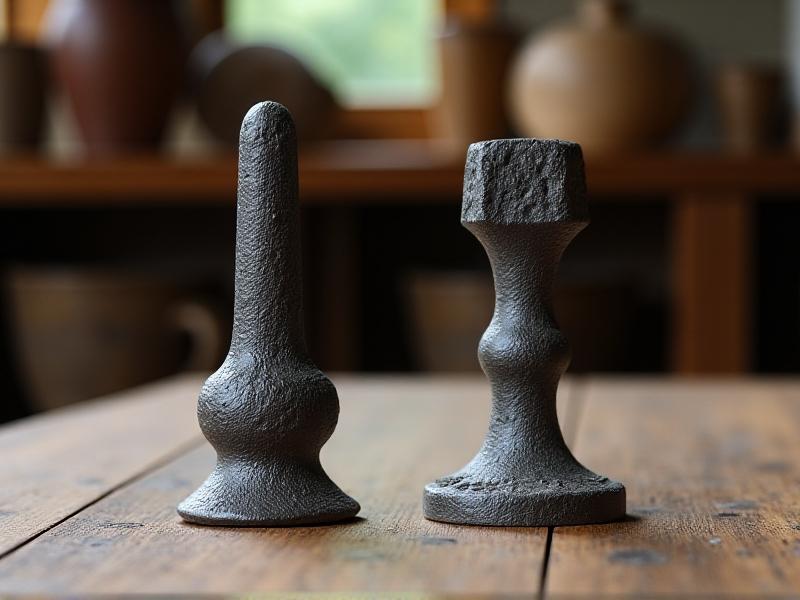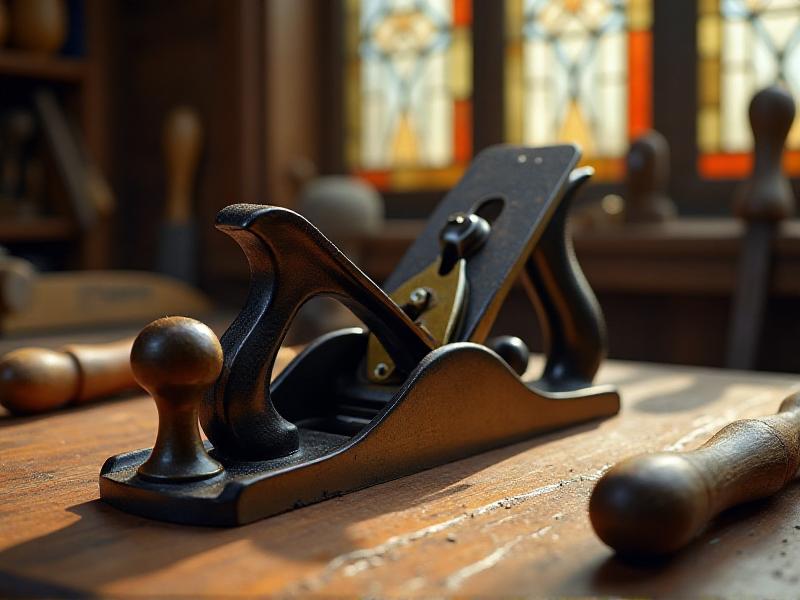Appraising Rare Cooper’s Tools
The Legacy of Cooper’s Tools: A Historical Perspective
Cooper’s tools, used in the ancient craft of barrel-making, hold a unique place in the history of craftsmanship. The cooper, or barrel maker, was once an essential figure in every community, providing containers for storing and transporting goods like wine, beer, and dry goods. The tools of the trade—adzes, crozes, and drivers—were not only functional but also symbols of a highly specialized skill set. These tools, often handmade and passed down through generations, reflect the ingenuity and precision of early artisans. Today, rare Cooper’s tools are highly sought after by collectors and historians alike, offering a tangible connection to a bygone era.
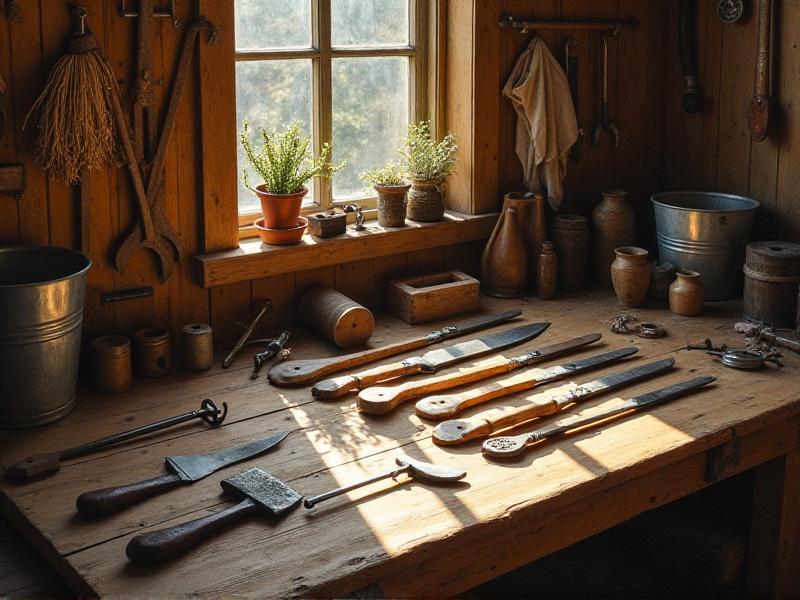
Identifying Rare Cooper’s Tools: What Makes Them Unique?
Rare Cooper’s tools are distinguished by their craftsmanship, materials, and historical significance. Unlike mass-produced modern tools, these artifacts were often handmade, with unique markings or engravings that indicate their origin or maker. The materials used—such as high-quality steel for blades and hardwoods like hickory or ash for handles—also contribute to their rarity. Additionally, tools that were used by notable coopers or in significant historical contexts carry added value. Collectors should look for signs of wear that indicate genuine use, as well as any provenance or documentation that can authenticate the tool’s history.
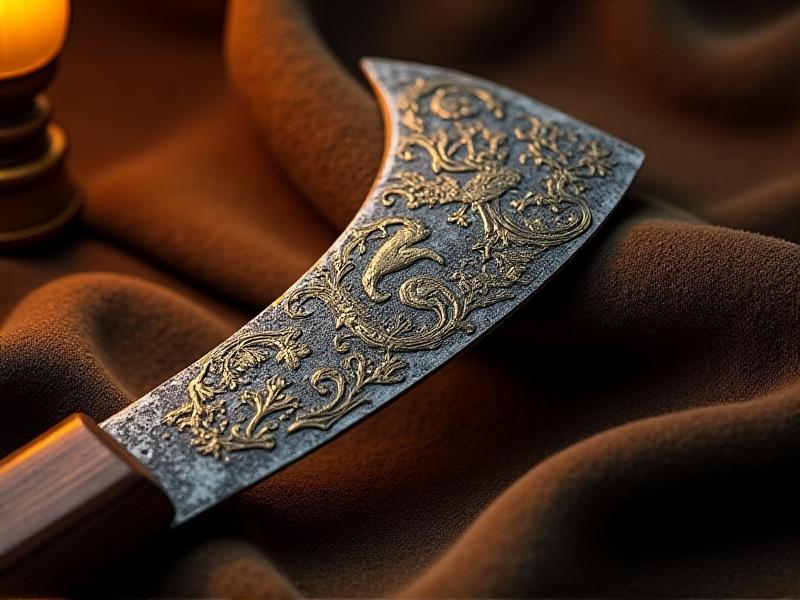
The Craftsmanship Behind Cooper’s Tools: A Closer Look
The creation of Cooper’s tools was an art form in itself. Each tool was meticulously crafted to meet the specific needs of the cooper, ensuring precision and durability. For example, the adze, used for shaping staves, required a perfectly balanced blade and handle to allow for smooth, controlled strokes. The croze, used for cutting grooves in barrel heads, needed to be razor-sharp and precisely angled. These tools were often custom-made, with coopers working closely with blacksmiths and woodworkers to achieve the perfect design. The result was a set of tools that were not only functional but also beautifully crafted, reflecting the skill and dedication of their makers.
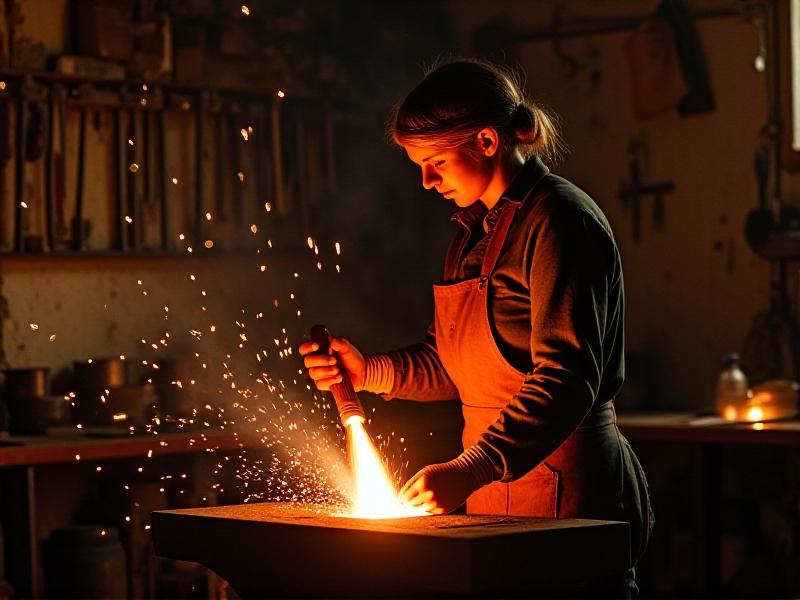
Collecting Cooper’s Tools: Tips for Beginners
For those interested in starting a collection of Cooper’s tools, there are several key factors to consider. First, research is essential—understanding the history and types of tools will help you identify authentic pieces. Second, focus on condition; while some wear is expected, tools should be free of significant damage or rust. Third, consider provenance; tools with documented histories or connections to notable coopers are more valuable. Finally, network with other collectors and attend auctions or antique fairs to find rare pieces. Building a collection takes time and patience, but the rewards of owning a piece of history are well worth the effort.
Preserving Cooper’s Tools: Best Practices for Longevity
Preserving rare Cooper’s tools requires careful attention to storage and maintenance. To prevent rust, tools should be stored in a dry, climate-controlled environment and occasionally treated with a protective oil. Wooden handles should be cleaned and polished to prevent cracking or warping. For tools with significant historical value, consider consulting a conservator to ensure proper care. Displaying tools in a way that minimizes handling, such as in a glass case or on a wall mount, can also help preserve their condition. By taking these steps, collectors can ensure that these valuable artifacts remain in excellent condition for future generations to appreciate.
The Market for Rare Cooper’s Tools: Trends and Insights
The market for rare Cooper’s tools has seen steady growth in recent years, driven by increasing interest in historical craftsmanship and collectibles. Prices can vary widely depending on factors such as rarity, condition, and provenance, with some tools fetching thousands of dollars at auction. Online platforms and specialized antique dealers have made it easier for collectors to find and purchase these items, but competition can be fierce. Staying informed about market trends and building relationships with trusted sellers are key to navigating this niche market. As appreciation for traditional craftsmanship continues to grow, the value of rare Cooper’s tools is likely to increase, making them a worthwhile investment for collectors.
Cooper’s Tools in Modern Craftsmanship: A Revival
While the craft of barrel-making has largely been industrialized, there is a growing movement to revive traditional techniques, and with it, a renewed interest in Cooper’s tools. Artisans and hobbyists are seeking out these tools to create handcrafted barrels for small-batch spirits and artisanal goods. This revival has also led to the production of new Cooper’s tools, designed to replicate the quality and craftsmanship of their historical counterparts. By blending old and new, modern craftsmen are keeping the legacy of Cooper’s tools alive, ensuring that these iconic instruments continue to play a role in the world of craftsmanship.
